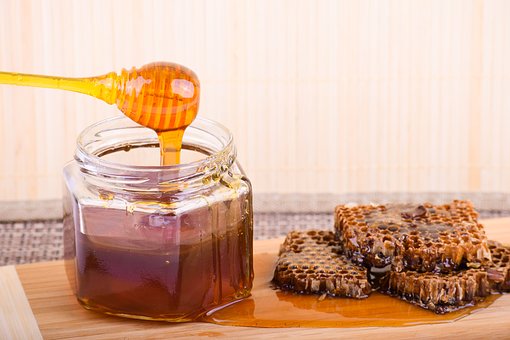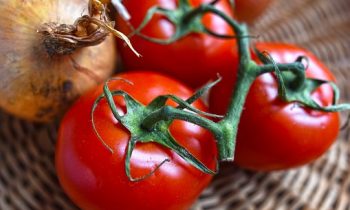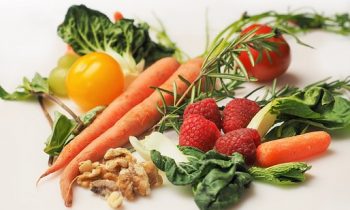Quality rather than quantity. Heh? That’s a cliché. But oh, so true!
You have probably heard that processed foods are bad for you and whole foods benefit you. This short article explores the difference between them, and also has recommendations on the best ways to consist of the healthy whole foods in your diet and increase your nutrient consumption.
There are two kinds of foods, nutrient dense foods and energy dense foods, which is the essential difference between whole and processed foods.
Energy Dense Foods
Energy dense foods include numerous calories (the step of energy content) compared with their variety of nutrients. If you were to eat one 219g McDonald’s Big Mac, it includes 563 calories, a massive 28% of your daily recommended calorie consumption. Now that is a great deal of calories for simply one hamburger that will just be one part of one of your day-to-day meals.
It likewise includes Vitamin C, 1% of your suggested everyday consumption, folate at 25% of your suggested everyday intake and magnesium at 11% of your suggested everyday consumption (amongst other nutrients). The ratio of energy to nutrients is comparatively low, and one can think of that this isn’t really the healthiest option.
Nutrient Dense Foods
Nutrient dense foods include lots of nutrients compared to the variety of calories. If you were to consume a 100g part of spinach, it consists of 188% of your suggested everyday Vitamin An intake, 604% of your suggested day-to-day Vitamin K and 49% of your recommended daily folate intake (amongst other nutrients). The total number of calories is 23, 1% of your day-to-day suggested caloric intake. The ratio of nutrients to energy is comparatively high and is obviously a healthier option than a Big Mac!
Comparison of Big Mac and Spinach
In order to understand why the Big Mac is energy thick and the spinach nutrient dense, let us comprehend how they are treated differently prior to they get to us. The bun, burger and cheese are ultra-processed foods. They undergo heavy industrial procedures, which strips the food of its nutrients and completely changes its structure. The spinach leaves are gathered and packed, which’s how they reach our tables, in their natural state.
Exactly what are whole foods, and ways to include in my diet?
A whole food is specified as a health food, particularly an unprocessed one – fruit or veggie (MerriamWebster.com). Ultimately that is a food with one active ingredient, or very few components, which have not undergone heavy commercial procedures.
Examples consist of fresh meats, fish and eggs, fresh and frozen fruits and vegetables, raw nuts and plain dairy products– all examples of nutrient dense foods. We do end up consuming food which is “processed” even on a whole food diet– any form of cooking, drying or mixing etc., is thought about a kind of processing, but that is tasty and healthy. What we are worried about in terms of processing is the ultra-processing of foods, which are extracted from whole foods and after that have chemicals, dyes or preservatives included, and have few nutrients staying.
In order to eat a whole food diet:
• Keep food preparation basic and utilize couple of ingredients per meal (less is more).
• When eating in restaurants, select easy options, like a salad, plain meats and so on
• Shop at your local farmers market, for seasonal, delicious and fresh fruit and vegetables.
• Don’t enter into the aisles of the supermarket– the easy, healthy foods are at the border.
Prevent:
• Processed meats, sausages and salamis, fish sticks, chicken fingers
• Juices, fruit concentrates, jams with ingredients and sugars and canned fruits in syrup
• Roasted and salted nuts, potato chips and similar snacks
• Sugary foods, sweets, chocolate and gum
• Bought sauces and marinades etc.
• All store-bought energy dense foods, are processed!


 Train Your Body for Clean Eating
Train Your Body for Clean Eating 6 Perfect Foods
6 Perfect Foods 10 Benefits of Whole Food
10 Benefits of Whole Food 10 steps to Clean Eating
10 steps to Clean Eating Low Carb Clean Eating 101
Low Carb Clean Eating 101